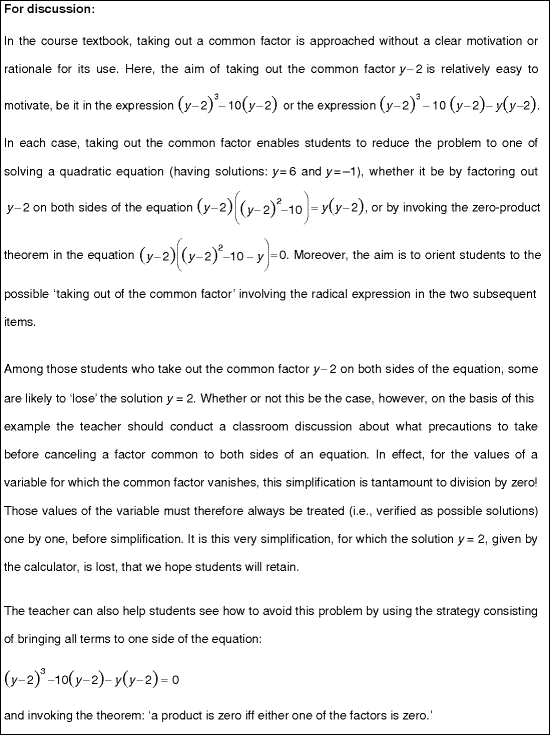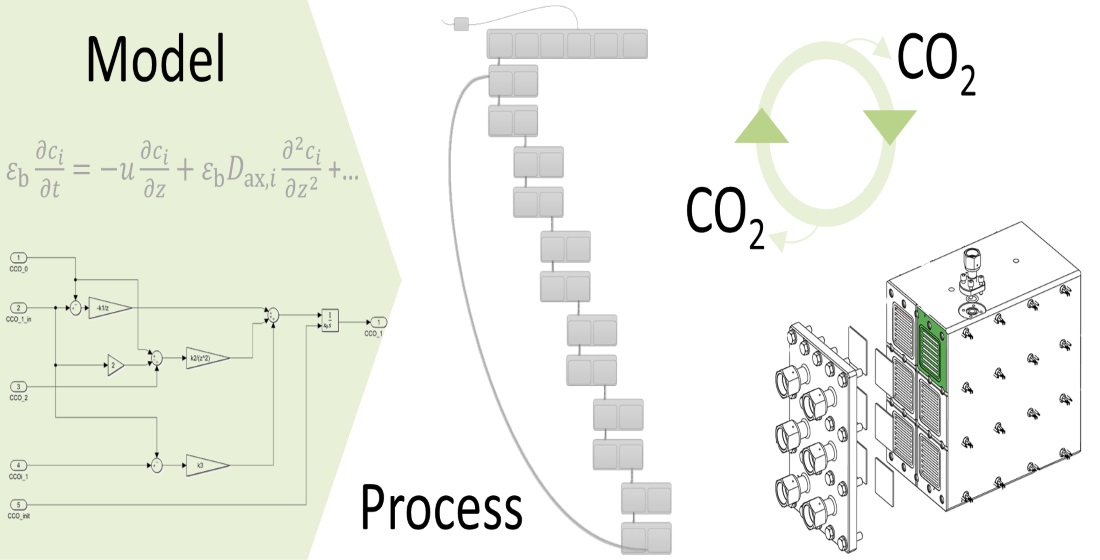

Now we can add this equation to the second one (the 4x - y = 3) by adding the left side to the left side and the right to the right. To do this, we need to multiply both sides of the first equation by -2, since 2 * (-2) = -4. In our case, this means that we want to transform the 2 into the opposite of 4, which is -4. Then we can try to make the coefficient of x in the first equation to be the opposite of the coefficient in the second equation. We then add the two equations to obtain a new one, which doesn't have that variable, and so it is easier to calculate.įor example, if we have a system of equations, To be precise, we want to make the coefficient (the number next to a variable) of one of the equations variables the opposite of the coefficient of the same variable in another equation. To do this, we start by transforming two equations so that they look similar. Solving systems of equations by elimination means that we're trying to reduce the number of variables in some of the equations to make them easier to solve. All in all, we obtained x = 3 - 1.5y, and we can use this new formula to substitute 3 - 1.5y in for every x in the other equations. This way, on the left, we get (2x) / 2, which is just x, and, on the right, we have (6 - 3y) / 2, which is 3 - 1.5y. Since we want to get x, and not 2x, we still need to get rid of the 2. In other words, we have transformed our equation into 2x = 6 - 3y. This means that the left side will be 2x + 3y - 3y, which is simply 2x, and the right side will be 6 - 3y. To do this, we have to subtract 3y from both sides (because we have that expression on the left). This way, those other equations now have one variable less, which makes them easier to solve.įor example, if we have an equation 2x + 3y = 6 and want to get x from it, then we start by getting rid of everything that doesn't contain x from the left hand side. Then, we use this rearranged equation and substitute it for every time that variable appears in the other equations. The first method that students are taught, and the most universal method, works by choosing one of the equations, picking one of the variables in it, and making that variable the subject of that equation.

Let's briefly describe a few of the most common methods. There are many different ways to solve a system of linear equations. If we find values that work for the first equation but don't for the second, then we don't call that a solution. This means that we're only interested in solutions to all the equations in the system.

We denote it by drawing a curly bracket (or a rotated set of mustache, whichever you prefer) to the left of them. Lastly, if we have a few equations to solve together, then we call them a system of equations. For example, the equation -2x + 14y - 0.3z = 0 is linear, but 10x - 7y + z² = 1 isn't. This applies to all the variables in an equation. They can, however, be multiplied by any number, just as we had the 3 in our 3x = 30 equation. This means that, for instance, they are not squared x² as in quadratic equations, or the denominator of a fraction, or under a square root. "But what the heck does linear mean?" We say that an equation is linear if its variables (be they x's or coconuts) are to the first power. In essence, "what is the solution to the system of equations." is the same as "give me the value of an apple (or x) that satisfies." To be honest, we know that most scientists would love to use bananas instead of x's, but they're just insecure about their drawing skills. In our case, we know that three apples equal to 30, but the apple is simply a variable, like x, as we don't know the value of it. It denotes a number or element that we don't know the value of, but that we do know something about. The x that appeared above is what we call a variable. However, it doesn't make any difference if you right "Three apples equal to 30," or 3x = 30.

"But how? Mathematicians don't use apples and bananas, do they?" Well, they too like to keep the doctor away and bite into an apple from time to time, but you're right, they don't calculate in apples. Remember all those riddles on Facebook or Instagram, you know, the ones where three apples are equal to 30, an apple and two bananas are equal to 18, and a banana minus a coconut equal to two, and you had to calculate how much the apple, banana, and coconut are worth? That is what the mathematicians call a system of linear equations.


 0 kommentar(er)
0 kommentar(er)
